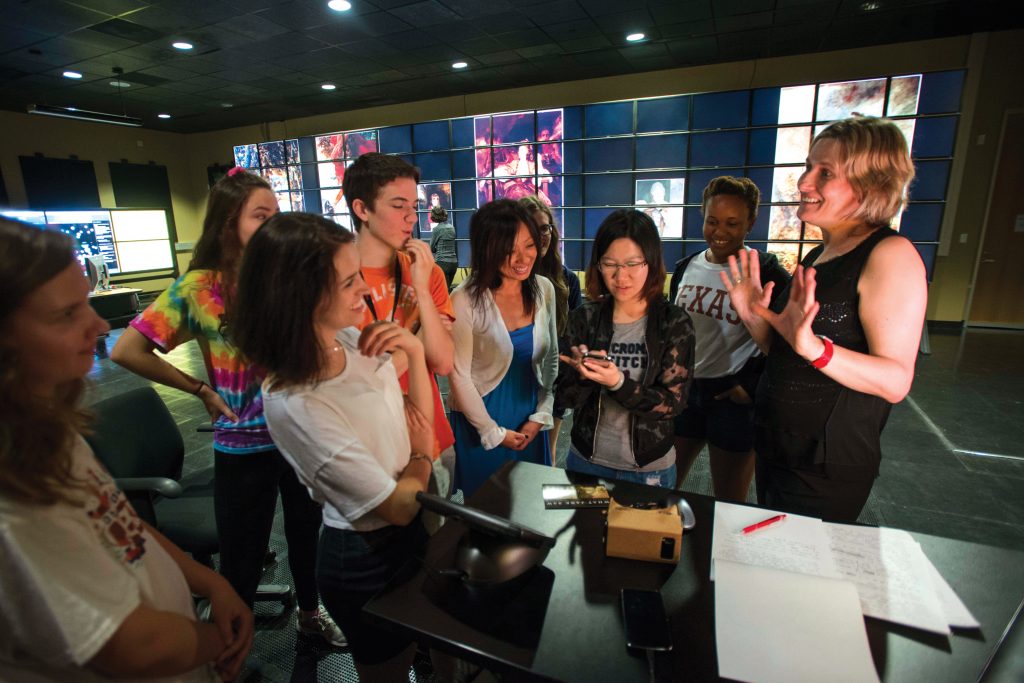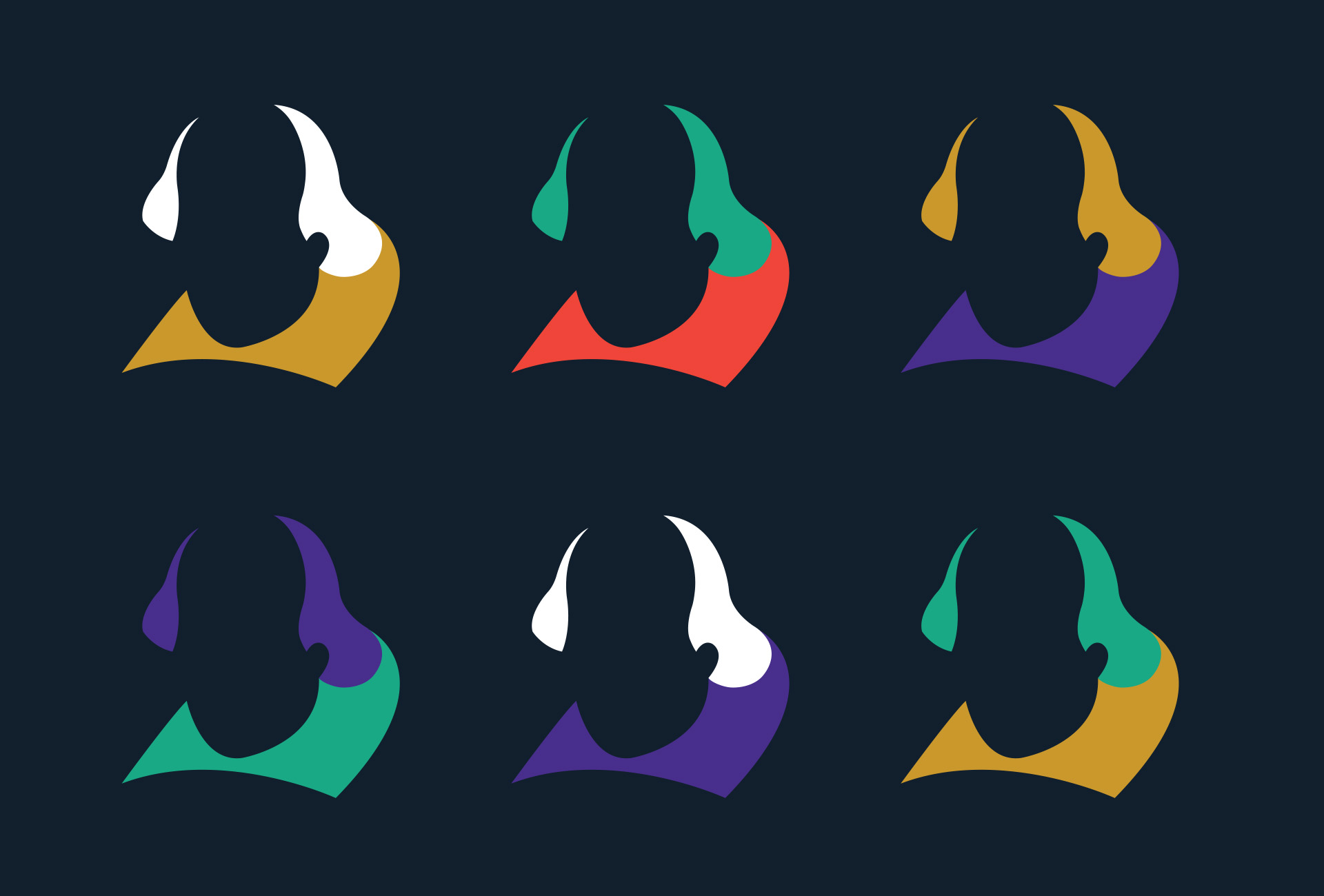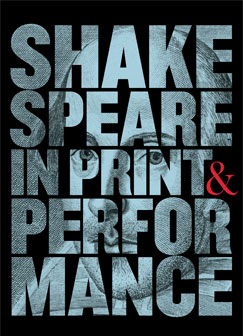Editor’s note: As the 400th anniversary of William Shakespeare’s death approaches, five UT Austin scholars share how they celebrate his work and his ultimate staying power.
In 10 years, people won’t care about Kim Kardashian’s face-contouring regimen or that she had 35 million Twitter followers. But William Shakespeare? Four centuries after his death he’s still a megastar.
From Finland to the Philippines, his name remains synonymous with “artistic genius,” his plays are still performed worldwide and his remarkable body of work is still giving university scholars endless “aha!” moments.
Janine Barchas, a UT Austin English professor who is one of those curious scholars, has been working for the past few years on a digital project that will offer 21st century fans a peek at the point when Shakespeare’s reputation made the leap from “just another really good British dramatist and poet” to superstar who never stops trending.
“Although Shakespeare was appreciated in his time as an artist, he was just one of a group of talented actors, playwrights and poets on the London scene and didn’t have the superhero reputation he holds today,” says Barchas. “His current fame wouldn’t have been possible without some very savvy marketing ‘spin’ in the 18th century, when a few influential promoters took advantage of nationalistic fervor and linked Shakespeare to the British identity.”
When it came to brand-building, one of the most attention-grabbing efforts to define “Britishness” through art was the launch of the first-ever Shakespeare museum.
Opened in 1789 and called the Shakespeare Gallery, the museum’s two floors were filled with paintings depicting key scenes from each of the Bard’s plays. Visitors borrowed catalogs that included matching excerpts from the plays and enjoyed the full experience of seeing and (almost) hearing the most memorable scenes.
Up until now, modern fans have had to imagine what a stroll through that very popular London museum would be like, but by the end of this year — and just in time for the 400th anniversary of Shakespeare’s death — Barchas will unveil a meticulously researched and beautifully rendered digital replication of the gallery. Anyone with Internet access will be able to take a tour.
The online version will show the museum as it appeared in 1796, a moment in the exhibition’s 15-year run when the upper gallery’s three rooms had reached capacity and held 84 life-size paintings.
“The exhibition was one of the hottest tickets of the London ‘season’ and something that everybody who was anybody would have attended,” says Barchas. “It definitely boosted Shakespeare’s reputation. For one shilling, you could binge-watch all of Shakespeare in one emotional go.”
Digitally reconstructing a gallery that permanently closed in 1804 required considerable sleuthing on the part of Barchas and the talents of Liberal Arts Instructional Technology Services’ (LAITS) students and staffers.
“Of the 84 large oil paintings, only 29 survive in museums or collections, so we started our digital modeling with those,” says Barchas. “The real challenge began when we set out to calculate the sizes of the remaining 55 lost paintings and the likely curatorial ‘hang’ of the show in 1796.
“Our educated guessing was guided by surviving copies of the 1796 catalog, the serendipitous discovery in the Folger Shakespeare Library of a payment list to the artists, remaining pieces of large paintings that were once cut down to fit in snug parlors and sitting rooms, and clues from another exhibition that was staged in the same gallery space in 1813.”
Because John Boydell, the entrepreneur responsible for the gallery, had sold stunning folio engravings of all the pictures, his prints preserve the content of the lost paintings. To avoid a monochromatic result for the e-gallery, Barchas used hand-colored versions of Boydell’s prints as digital stand-ins for the lost — and vibrantly hued — works.
Barchas and her team also had to make sure that every aspect of the museum setting, from the color of the gallery walls (blue) to the frames on the pictures, was historically accurate.
To keep the gallery anachronism-free, she would do archival research on a topic or item, then pass a drawing request on to a student artist. The artist’s rendering of the fireplace, stone plinth or railing was then scanned into Photoshop and made digitally “real.”

“Working with Liberal Arts’ ITS group is like working at Hogwarts,” says Barchas. “I’ll ask a student designer or coder to create this or that feature, and they inevitably come back with something far more magical than I ever imagined possible.”
As though the 2-D online model of the Shakespeare Gallery were not enough, for the past two years Barchas also has been working with the university’s Texas Advanced Computer Center and its Visualization Lab to create a 3-D version of the gallery space. This interdisciplinary work has allowed her to familiarize herself with technical tools such as Oculus Rift virtual reality goggles and Google Cardboard.
“Virtual reality may show us just how overwhelming the Shakespeare Gallery would have been, with its gargantuan, richly colored paintings of tragic, comic and even violent scenes filling every square inch of wall space,” says Barchas. “Putting on a pair of 3-D goggles will be the next best thing to jumping into Dr. Who’s TARDIS, flying back to 1796 and experiencing first-hand the celebrity culture that transformed Shakespeare into a superhero.”
Digitally reconstructing the lost Shakespeare Gallery is part of a larger historical project that Barchas and the LAITS team have undertaken called What Jane Saw.
The goal is to show cultural events and places that novelist Jane Austen definitely or probably witnessed. The What Jane Saw website has already attracted about 150,000 visitors since its creation in 2013. On Dec. 16, which is Austen’s birthday, the site will add the Shakespeare museum to its e-gallery.
Although Austen does not mention the museum in her surviving letters, historians know she stayed around the corner from it in 1796. Barchas reasons that it is unlikely Austen would have forgone the opportunity to view an exhibition devoted to one of her idols and inspirations.
Fingerprinting the Play
Sometimes it takes a village to solve a literary mystery, a village with a couple of social psychologists and some scary-smart software.
For three centuries literary scholars have debated about who wrote the play Double Falsehood, which was published by Shakespeare expert Lewis Theobald in 1728. According to Theobald, the play was based on Shakespearean manuscripts that were later lost in a library fire, but many scholars have assumed it was actually a forgery, penned by Theobald himself.
Some have theorized that playwright John Fletcher, who occasionally collaborated with Shakespeare, also contributed to the play.
Enter UT Austin psychologist James Pennebaker and graduate researcher Ryan Boyd with text-analyzing software that can automatically extract psychological information from texts, removing the possibility of biased readings and selective interpretation. Invited by University of California-Irvine professor emeritus Robert Folkenflik to investigate the longstanding conundrum, they set to work on the centuries-old authorship question.
Pennebaker and Boyd entered 33 plays by Shakespeare, 12 by Theobald and nine by Fletcher into a software program that analyzed the three authors’ words, creating a unique “psychological fingerprint” for each. The results were then statistically compared with the “fingerprint” of the play in question to look for similarities.
As it turns out, the play does seem to have been written by Shakespeare, as Theobald claimed. The profile for Double Falsehood matches Shakespeare’s distinctive psychology very closely, with sprinklings of Fletcher apparent in later parts of the play. According to Boyd, Theobald’s profile was practically the opposite of the play’s true author.
“A lot of people think the most interesting thing about this analysis process is that a computer can determine very specific information about one’s personality and intellect,” says Boyd. “Research consistently shows that a person’s mental world can be revealed by analyzing how they use everyday words like ‘a,’ ‘the,’ ‘will’ and ‘of,’ as well as some words related to emotions, family and religion, for example.”
So will these findings end all argument on the topic?
“Given the fact that people have made careers around debating every detail of Shakespeare’s plays — and that we’re psychologists, not literature scholars — our news was surprisingly well-received,” says Boyd. “Still, I doubt that the debates will stop anytime soon.”
Lady 8 and the Making of a Brand
Google has a brand identity. Oprah has a brand identity. And now, thanks to skilled detective work by UT English professor Douglas Bruster, we know that 400 years ago William Shakespeare had one as well.
Bruster unearthed this “Shakespeare brand” while conducting archival research on the Bard’s best-selling poems Venus and Adonis and The Rape of Lucrece and dubbed the emblem “Lady 8.”
“In 1931, scholar A.E.M. Kirwood reproduced nearly two dozen ornaments that were commonly used by well-known Elizabethan printer and publisher Richard Field, and this particular ornament was eighth in the list,” says Bruster. “My name for the emblem also calls attention to the prominence of the female face gazing placidly at the reader from the center of the design.”
On the rectangular emblem, the “pagan and beguiling” woman is surrounded by a profusion of intertwined flora and fauna.
According to Bruster, an elaborate and elegant emblem such as Lady 8 would have taken hundreds of hours to execute and been extremely expensive for the printer to acquire. The emblem decorated the title pages of Venus and Adonis in 1593 and Lucrece in 1594, the first occasions when anyone would have seen it associated with Shakespeare.
“Giving Shakespeare such a fancy ‘logo’ at this stage in his career was a huge step for him professionally,” says Bruster. “To an educated audience, it was a very elite, French, aristocratic adornment and said that the play or poem it accompanied was equally important and elite.
“The logo visually evokes Shakespeare’s love of nature and country settings and also is very much connected to his most memorable female heroines, from Lady Macbeth to Rosalind and Ophelia. Even though others attempted to appropriate the emblem and use it for their own publications, they didn’t meet with much success because the adornment had so thoroughly come to say ‘Shakespeare,’ specifically.”
According to Bruster, this discovery gives fans and scholars new insights into the Elizabethan publishing industry in general, as well as the savvy business strategies Shakespeare employed in managing his career.
“He knew his skills were valuable,” says Bruster. “New information that scholars are uncovering reveals him to have been quite canny, leveraging his talents into money and success. Over time, his name on title pages of his works steadily gets larger and larger and eventually eclipses the title of the work itself — that didn’t just happen by accident.”
Enter, Stage Right
Most adults have seen at least a few Shakespeare plays performed and maybe read two or three, such as Romeo and Juliet or Hamlet — but how many know of Cymbeline?
“This is one of Shakespeare’s least familiar and most challenging works to stage or read,” says UT Austin English professor Hannah Wojciehowski. “It’s a shame it hasn’t gained traction with modern audiences because it’s quite edgy and contemporary, with blood, guts, intrigue and sex, all in one clever package.”
Defined by some scholars as a tragedy and by others as a romance or comedy, Cymbeline is based on legends about the early Celtic British King Cunobeline.
To help readers understand the play, encourage more directors to stage it and give educators additional resources, Wojciehowski recently edited Cymbeline for the New Kittredge Shakespeare Editions series.
This newly edited version is the first to have performance footnotes that explain how and why scenes were staged a particular way in select major productions of the play. The new edition also includes an essay on how to read the play as performance, suggested topics for discussion, photos from major productions of the play and a filmography.
“This was quite an interesting project for several reasons, not the least of which was my opportunity to speak with film director Michael Almereyda about his adaptation of the play to a movie, also titled Cymbeline,” says Wojciehowski.
“That the play was reinterpreted and made into a 2015 movie about conflict between dirty cops and a gritty biker gang only emphasizes how beautifully Shakespeare speaks to all people of all ages at all points in history. His plays remain fresh and exciting precisely because each new director and actor can take a play and, to some extent, make it his or her own.”
For anyone who’s completely unfamiliar with Cymbeline, Wojciehowski suggests beginning with the Almereyda film version.
“Next, try to catch a performance of the play,” she says. “The incomparable magic of Shakespeare lies in hearing his words spoken and watching the stories powerfully unfold on a stage.”
Coastal Plains Elizabethans
If someone wants to experience Shakespeare on stage, James Loehlin has just the place. Turning a barn in a Texas pasture into an Elizabethan theater is something of a trick, but Loehlin has been making it look easy for 15 years.
Loehlin, director of the College of Liberal Arts’ Shakespeare at Winedale program, spends most of his summer each year in a quiet, bucolic setting just outside the Central Texas town of Round Top. There, on open fields dotted with a few old buildings, he teaches college students how to stage and perform the Bard’s plays.
Although it helps to have some familiarity with Shakespeare and perhaps to have performed on stage, those are not requirements for being accepted into the program.
“We have students from every major and college, as well as other universities, like Stanford and Columbia,” says Loehlin. “Once they’re at Winedale, they’re immersed in Shakespeare for nine weeks from 7 a.m. until 10 p.m., seven days a week.
“They live in a dorm together, eat together, read lines together, and rehearse and perform together. It’s extremely intellectually, physically and socially demanding since we perform three plays most years, and they only have one week to learn each — and all students are in all plays.”
The culmination of the two months’ work is a series of performances in late July and early August in front of paying audiences from across Texas and, occasionally, from farther-flung spots.
In addition to the program for university students, Shakespeare at Winedale also conducts workshops and residencies at elementary schools, as well as Camp Shakespeare, a two-week residential camp in Round Top for 10- to 16-year-olds.
“Young people absolutely love Shakespeare, whether they’re eight or 18,” says Loehlin. “He has that extremely rare gift of being able to tell stories that allow you, wherever you are in your life, to connect with him, and his language is uniquely dynamic, which is something that younger people especially love.”
According to Loehlin, shortly into the nine weeks at Winedale, some students even begin to sprinkle their everyday conversations with Shakespeare’s wonderful turns of phrase, such as “Excellent good, i’faith” from Twelfth Night and “Once more unto the breach, dear friends” from Henry V.
“Early last summer we had quite a lot of rain at Winedale, and a huge puddle developed alongside the barn,” says Loehlin. “The students regularly began to refer to the puddle as ‘the perilous narrow ocean,’ which is a phrase from the prologue of Henry V, one play they were rehearsing and would perform.
“As long as children and young adults keep getting excited about Shakespeare and grasping his amazing talent, his fame will never die,” says Loehlin.



